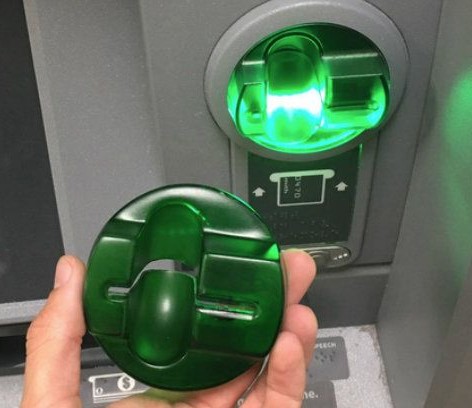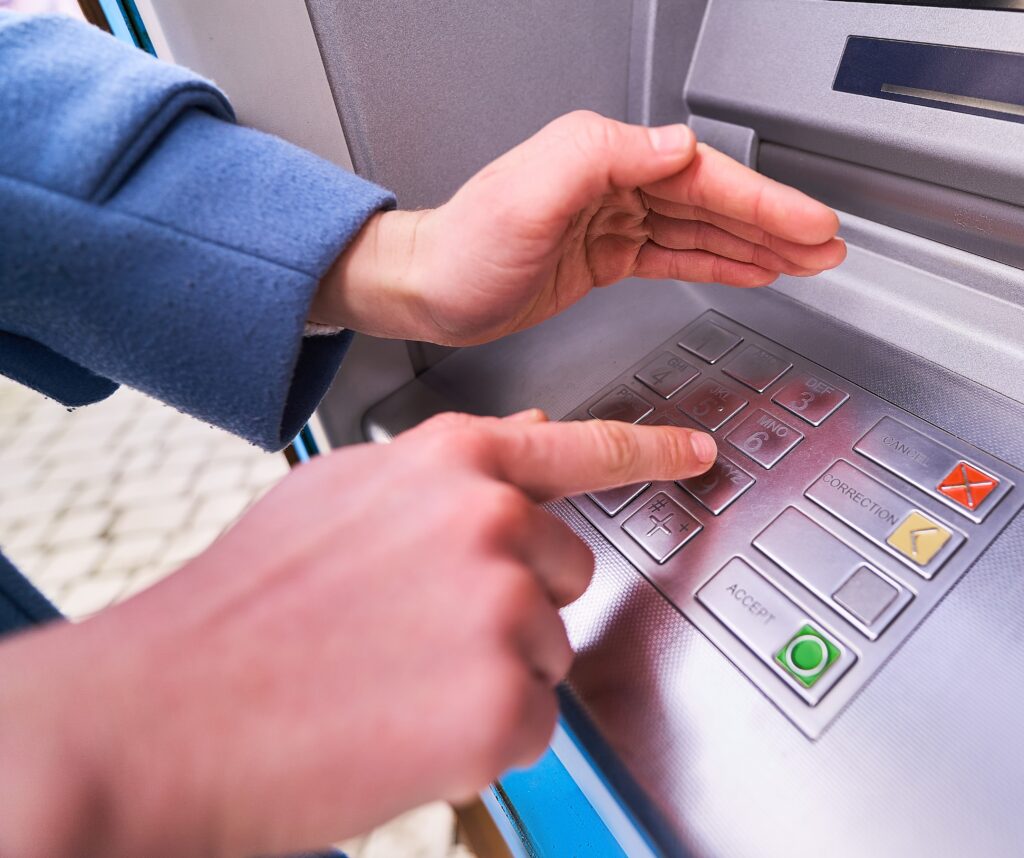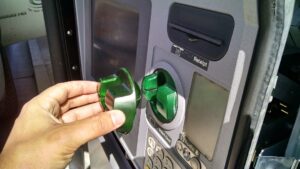Learn to spot the signs of ATM skimming.
Skimming occurs when devices are illegally installed in or on ATMs or point-of-sale (POS) terminals to capture data or record cardholders’ PINs. Criminals use the data to create fake debit or credit cards and then steal from victims’ accounts.

MOST COMMON METHOD OF ATM SKIMMING
A plastic overlay is placed on the ATM keypad or tiny cameras are placed on the ATM to record keypad entries to capture your PIN. An overlay is also placed on the card reader slot which records the data on the magnetic stripe.
Inspect the card reader and keypad. If the card reader or keypad feels loose, out of place or off alignment, there’s a chance it could have a skimmer attached to it.
Look for hidden cameras. There might be a hidden camera capturing you entering your PIN. Always shield your PIN entry with your hand or other objects to prevent it from being recorded.
THE NEW METHOD OF ATTACK
The new method uses a Deep Insertion Skimmer that alters the internal workings of the card reader. After this modification is performed, the skimmer can then operate inside the reader. The altered readers show no signs of outward damage to the ATM user. Because the skimmer is placed deep inside the reader, these devices are almost impossible to spot for an ATM user.
An indicator of a Deep Insertion Skimmer is impaired usability of the reader. The skimmer causes increased friction during card insertion and withdrawal. This is due to less space for the card in the throat of the reader. Other indicators are card read failures.
Skimming attacks also require the PIN. The most common method of PIN capture is the use of a covert camera hidden on the ATM. While Deep Insert Skimmers are very difficult to spot, PIN capture cameras are mounted on the outside of the ATM. PIN cameras are typically hidden behind fake panels added to the ATM fascia. Fake panels that conceal a camera have a small pin hole to allow the camera to view the PIN pad. Again, cover the keypad when entering your PIN to prevent it from being captured. Any small holes observed in the vicinity of the PIN pad should be considered suspicious.


WHAT IF I FIND A SKIMMER ON AN ATM?
If you suspect the ATM has a skimmer, do not conduct a transaction and notify the branch so they can take appropriate action. If you notice anything while the branch is closed, contact the police so they can investigate the suspicious activity.





